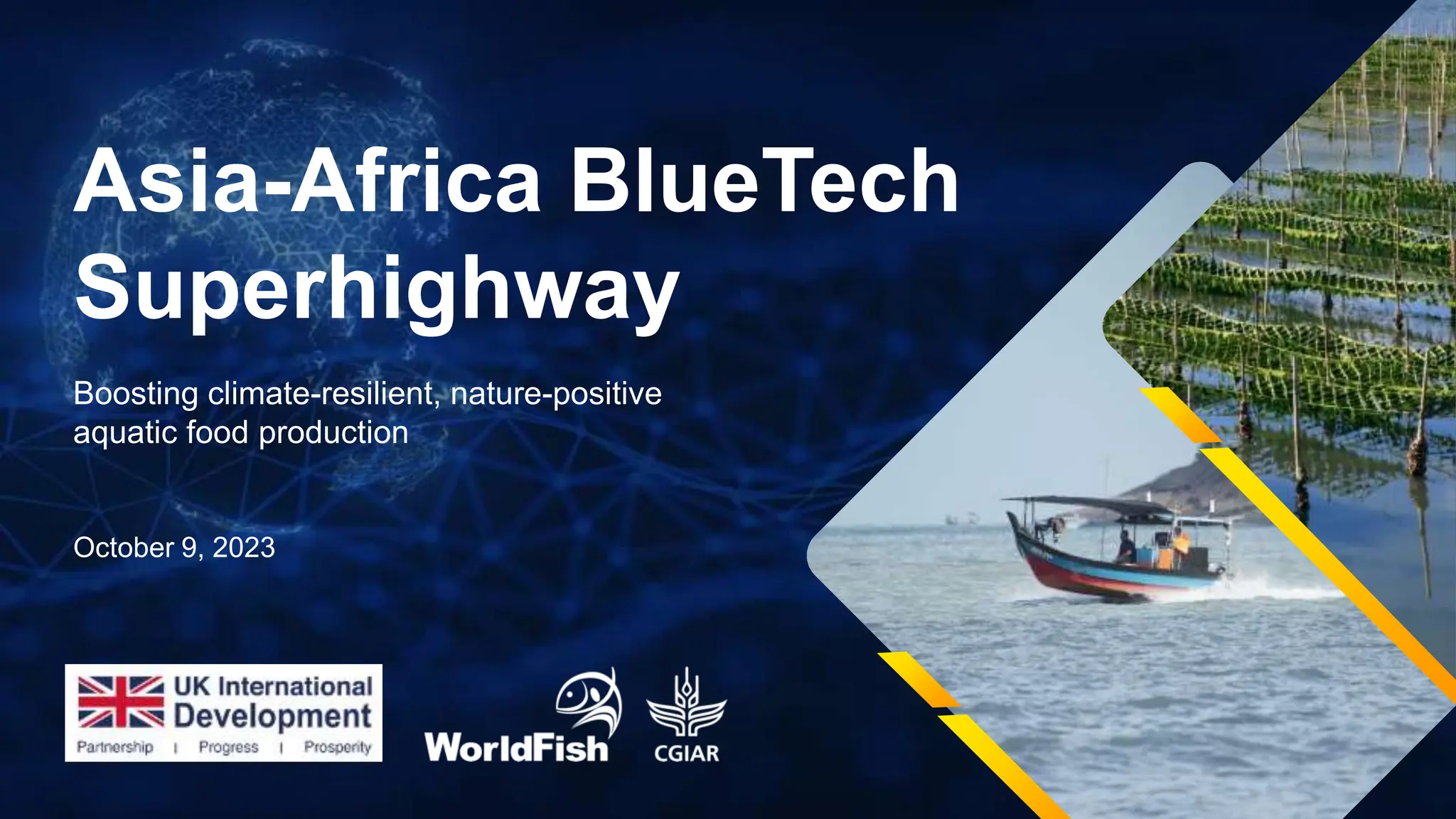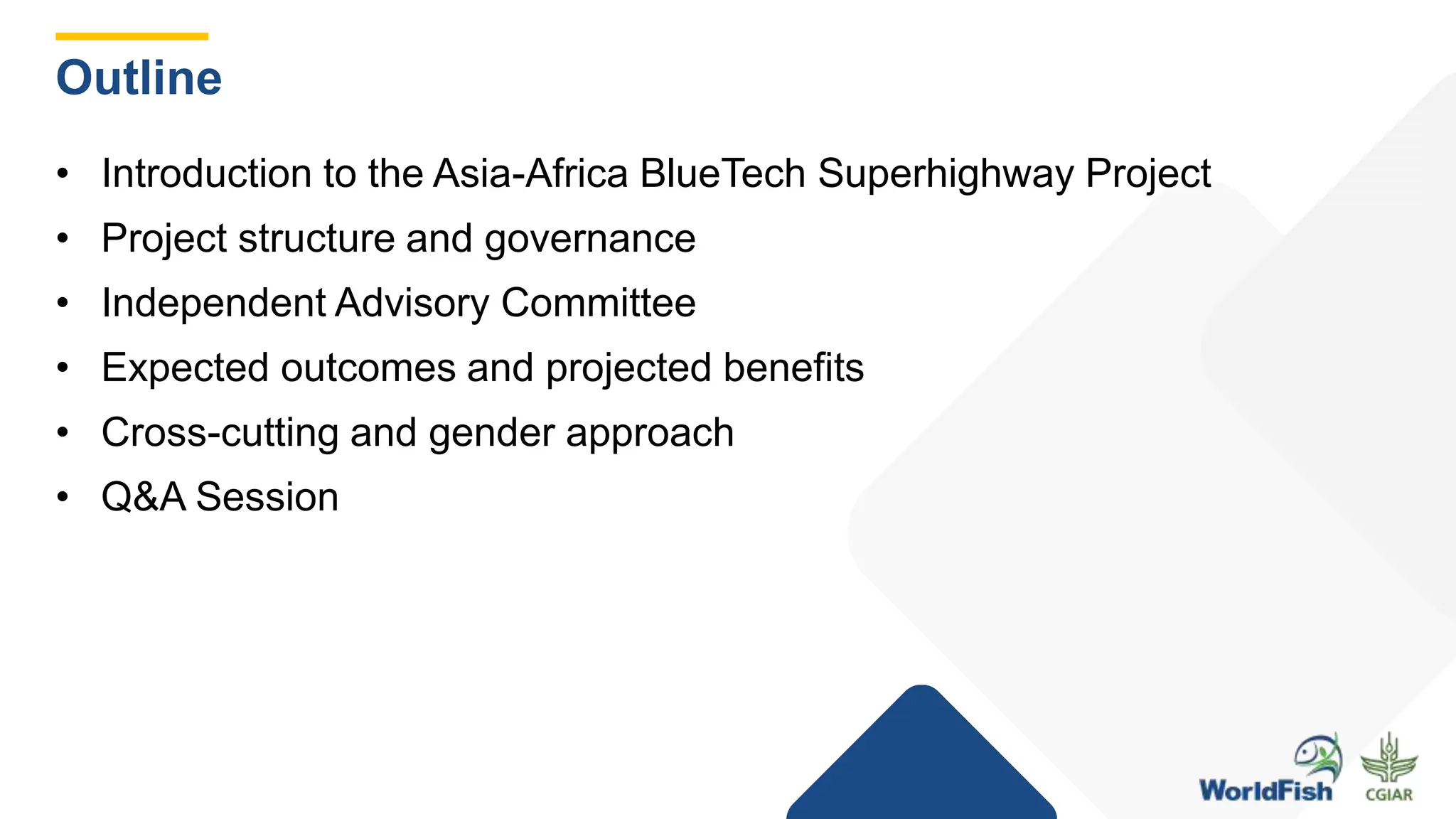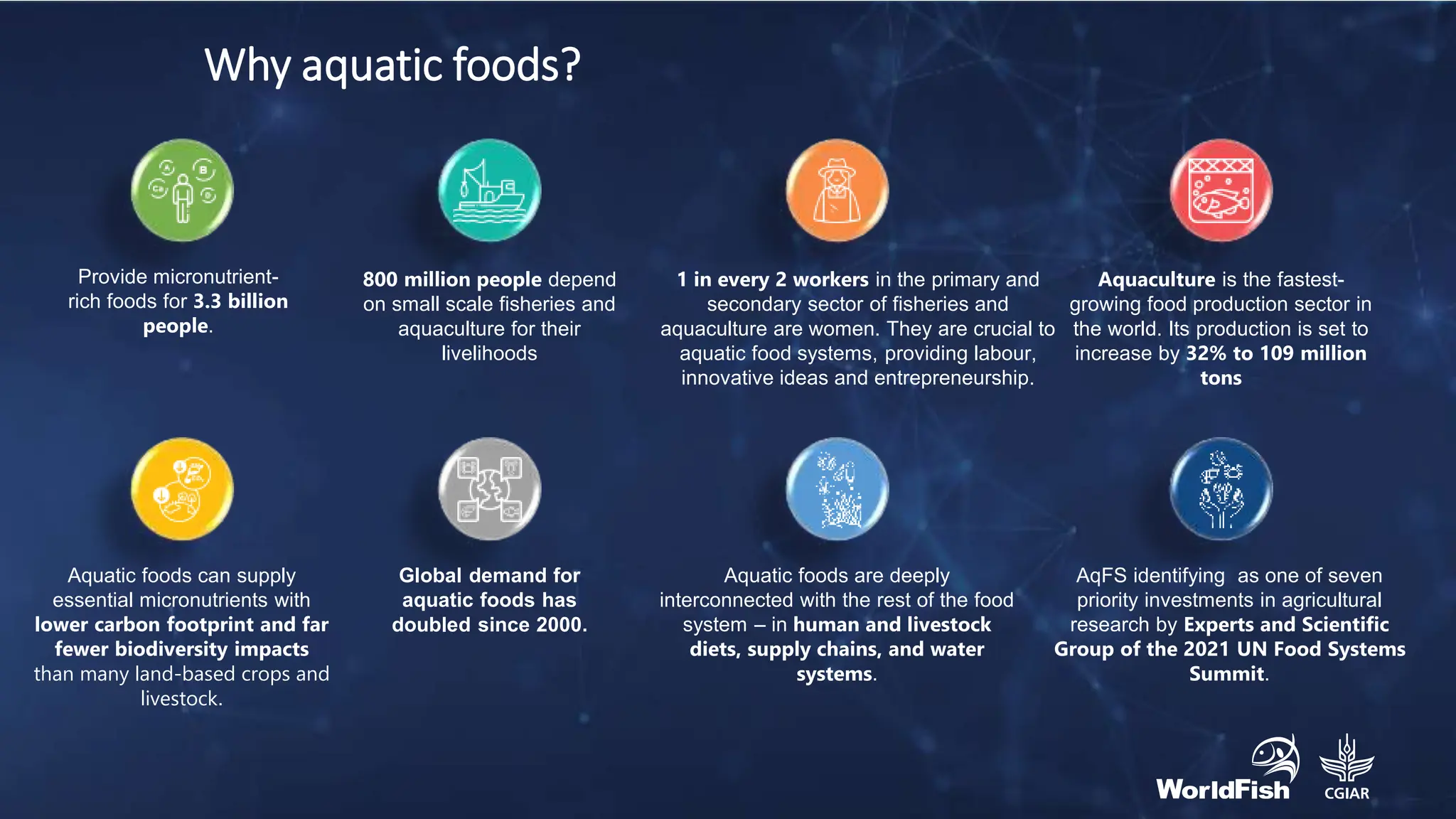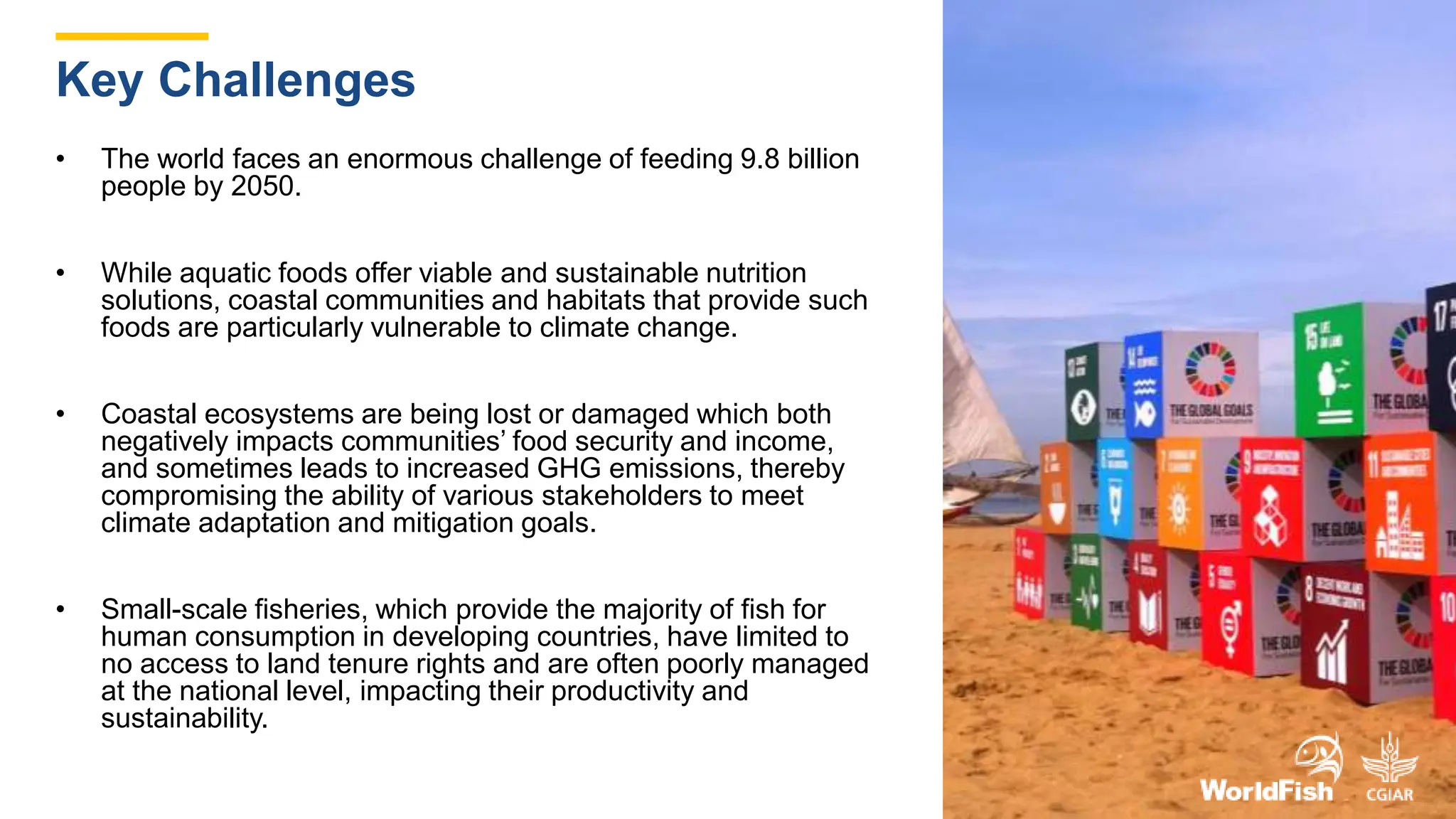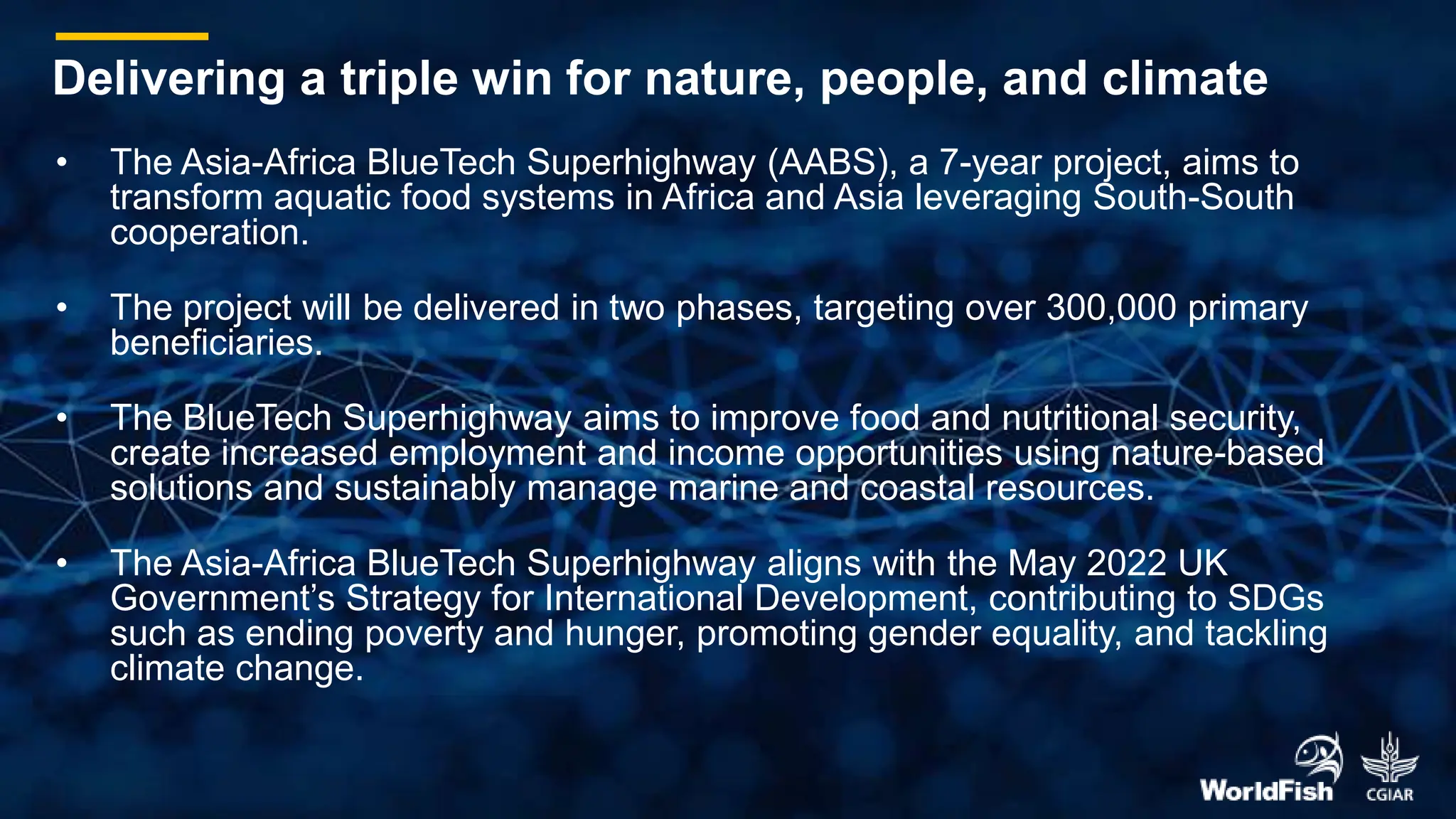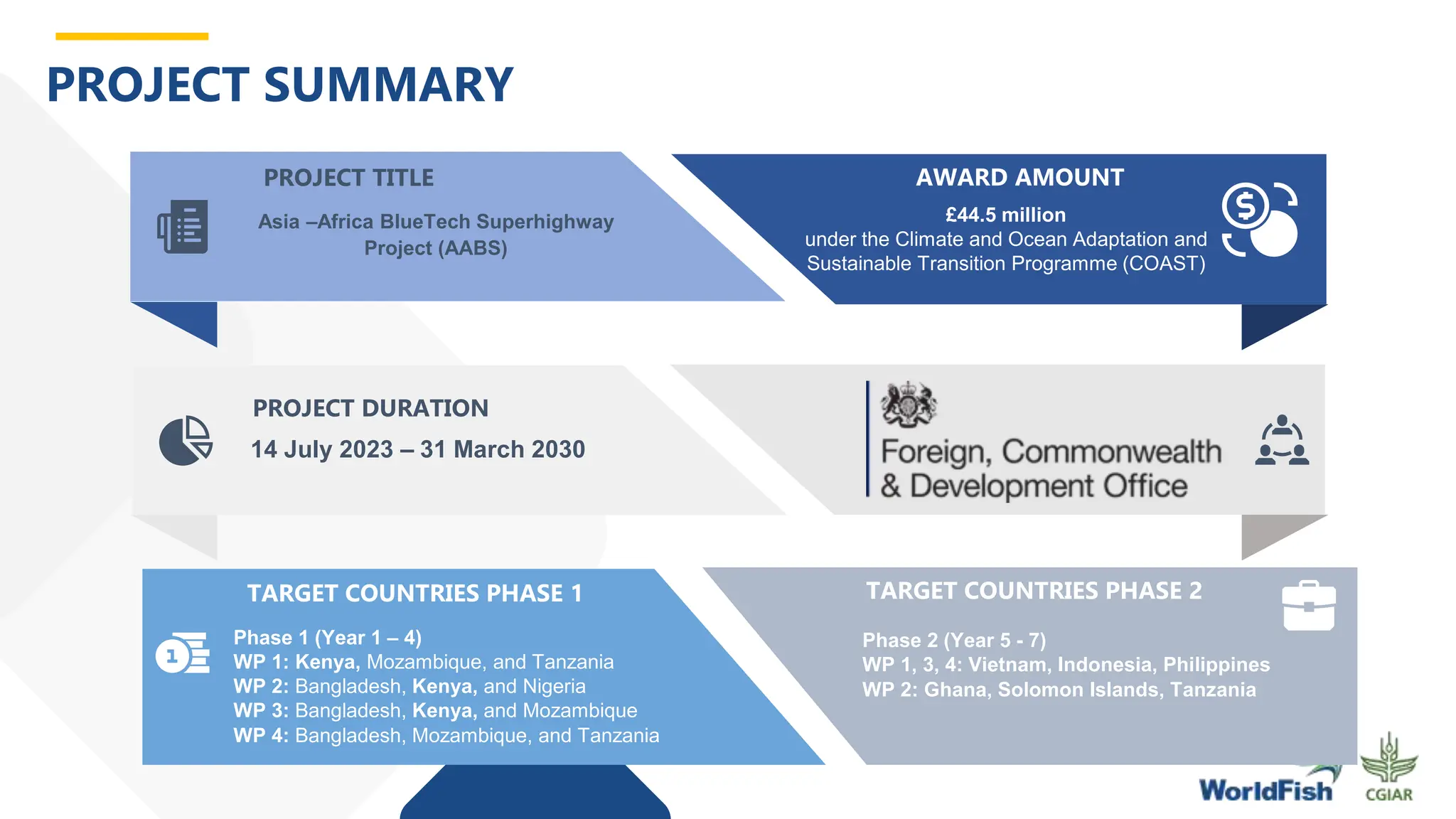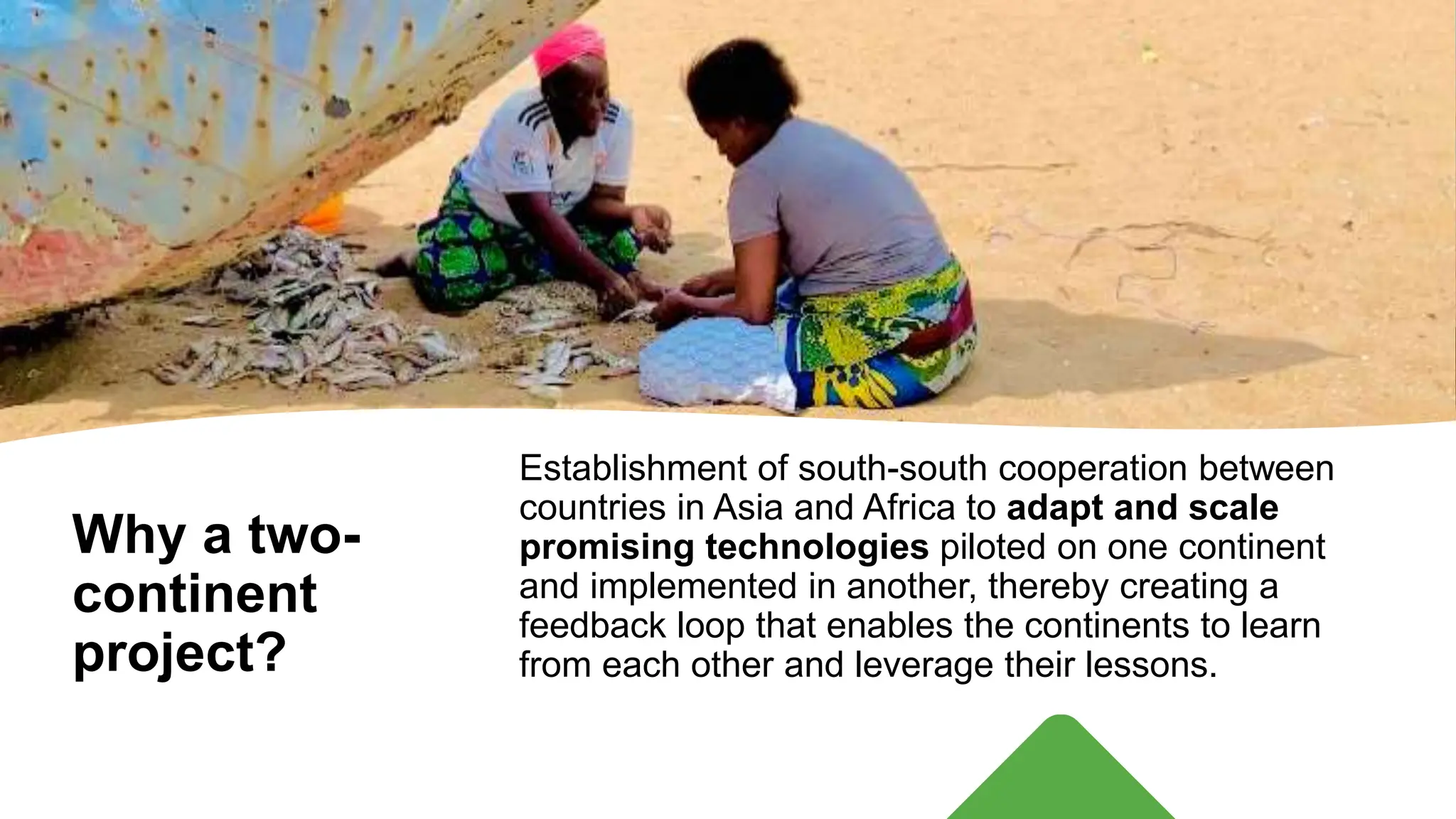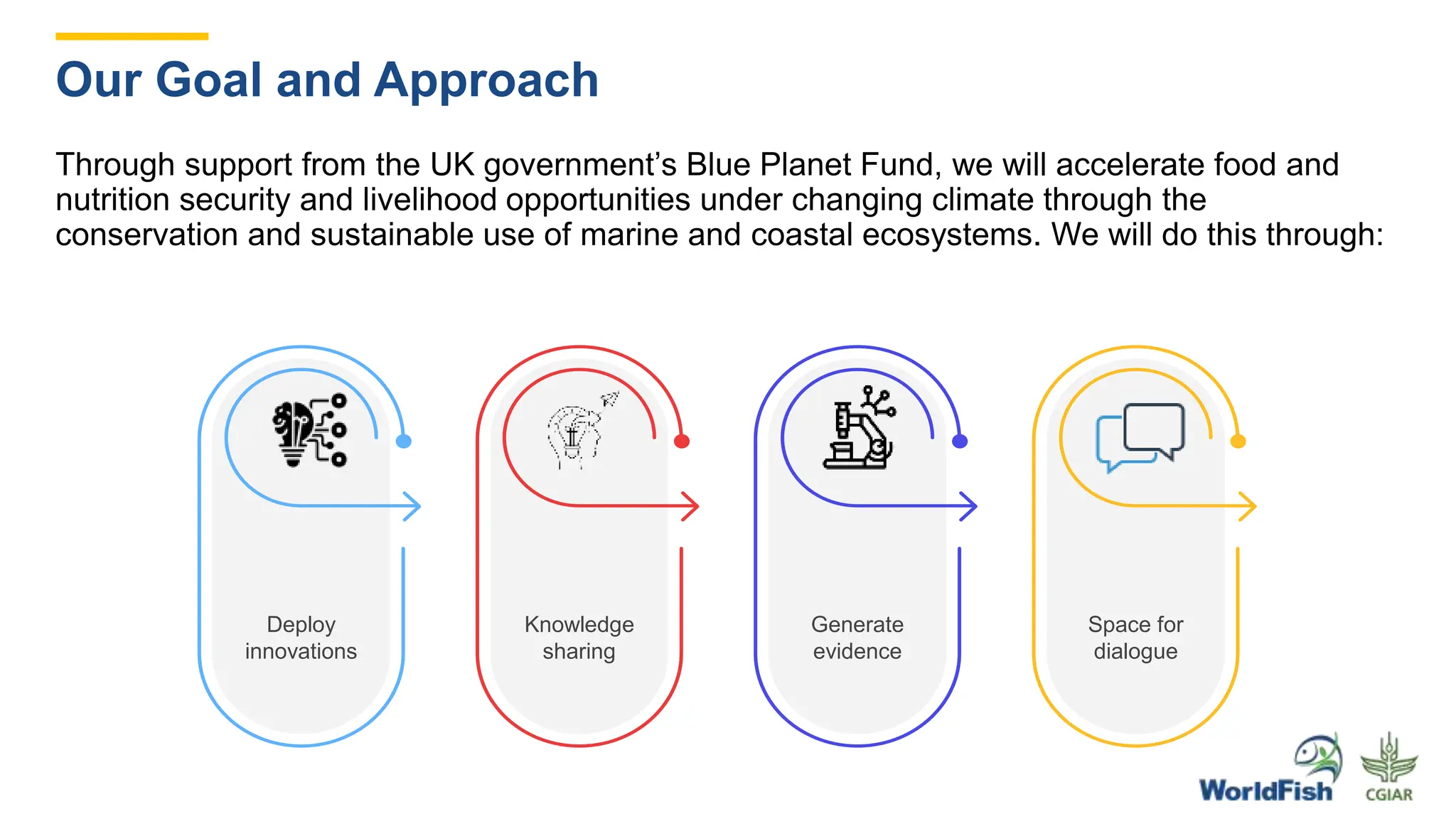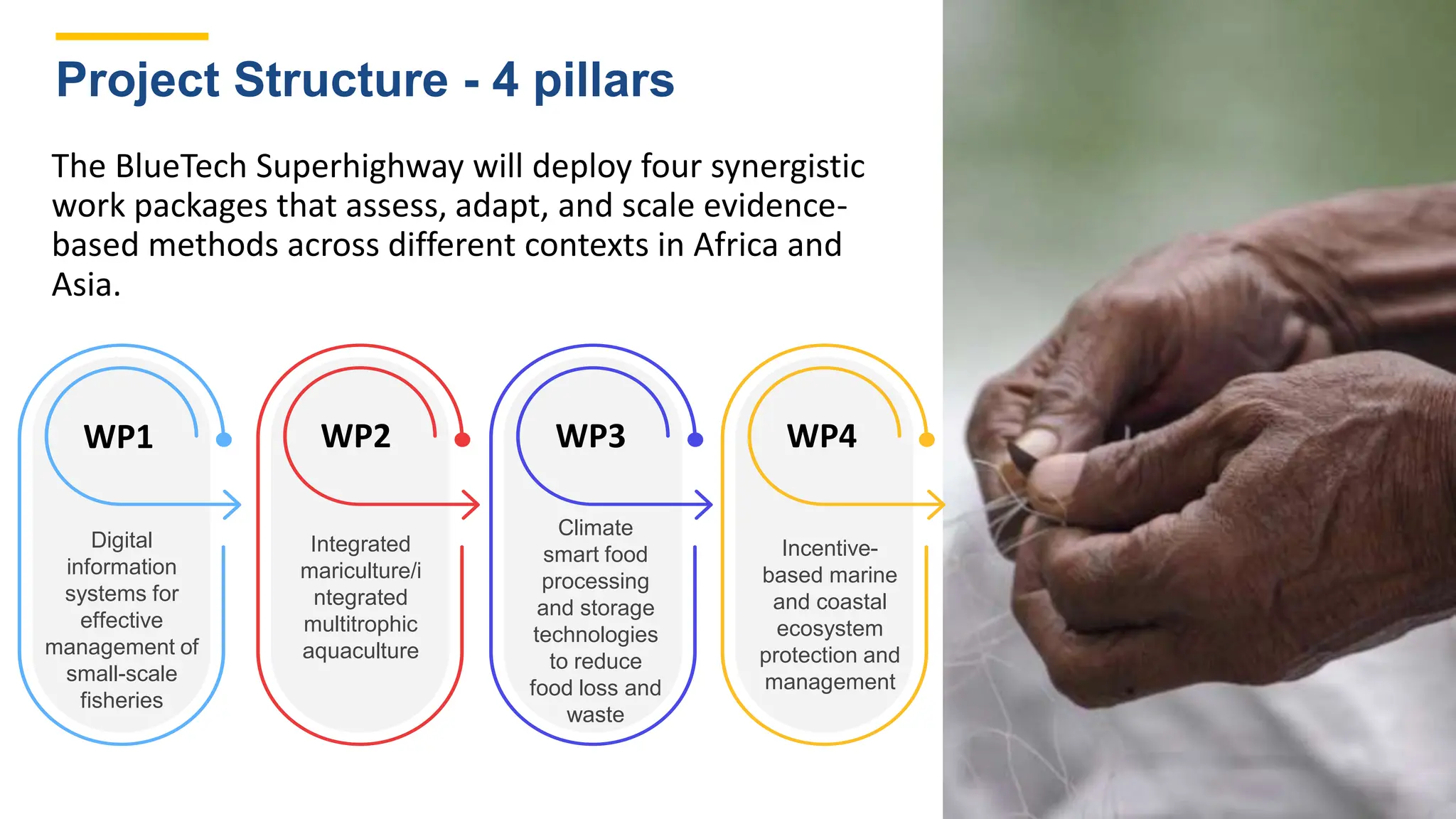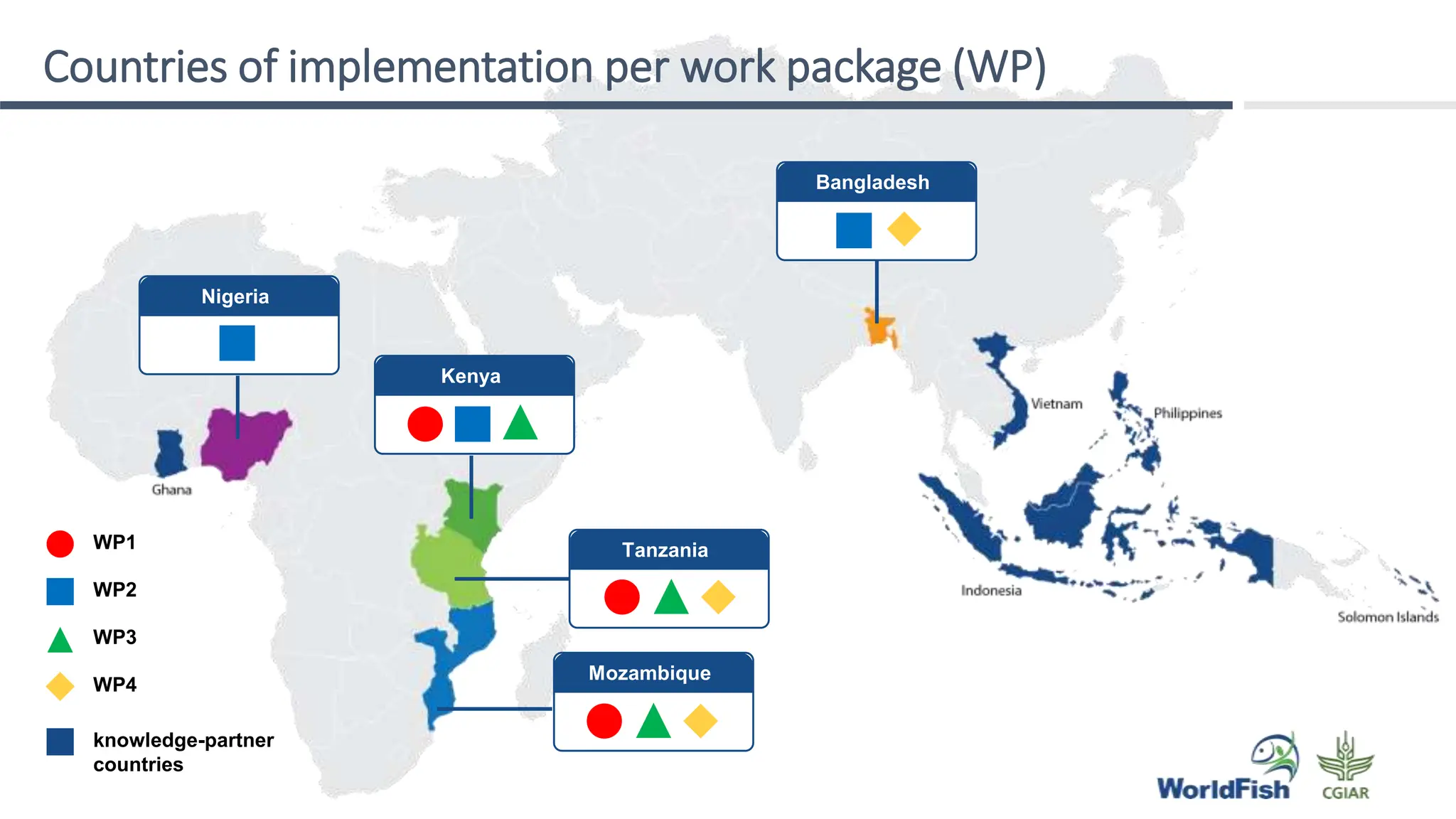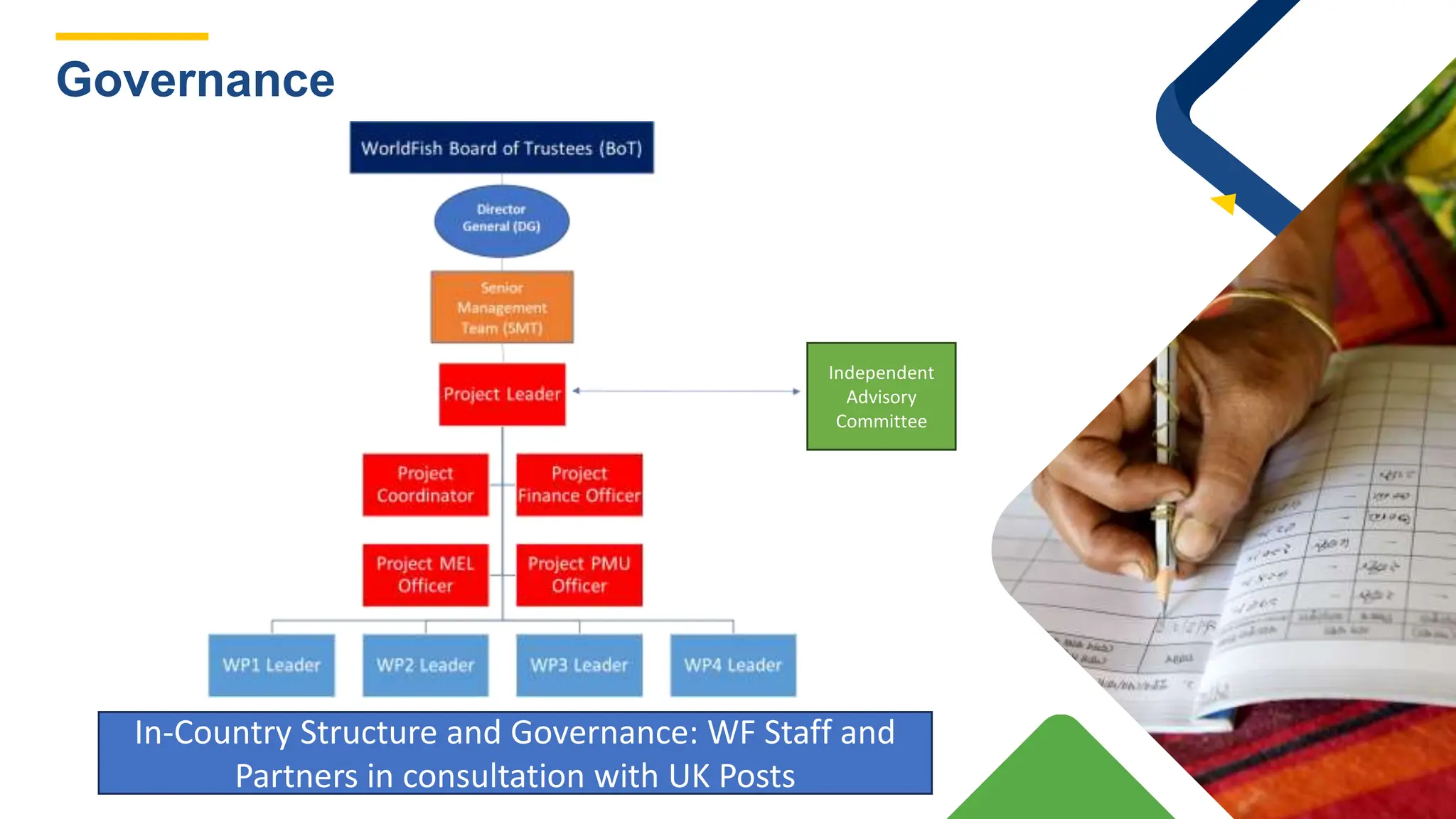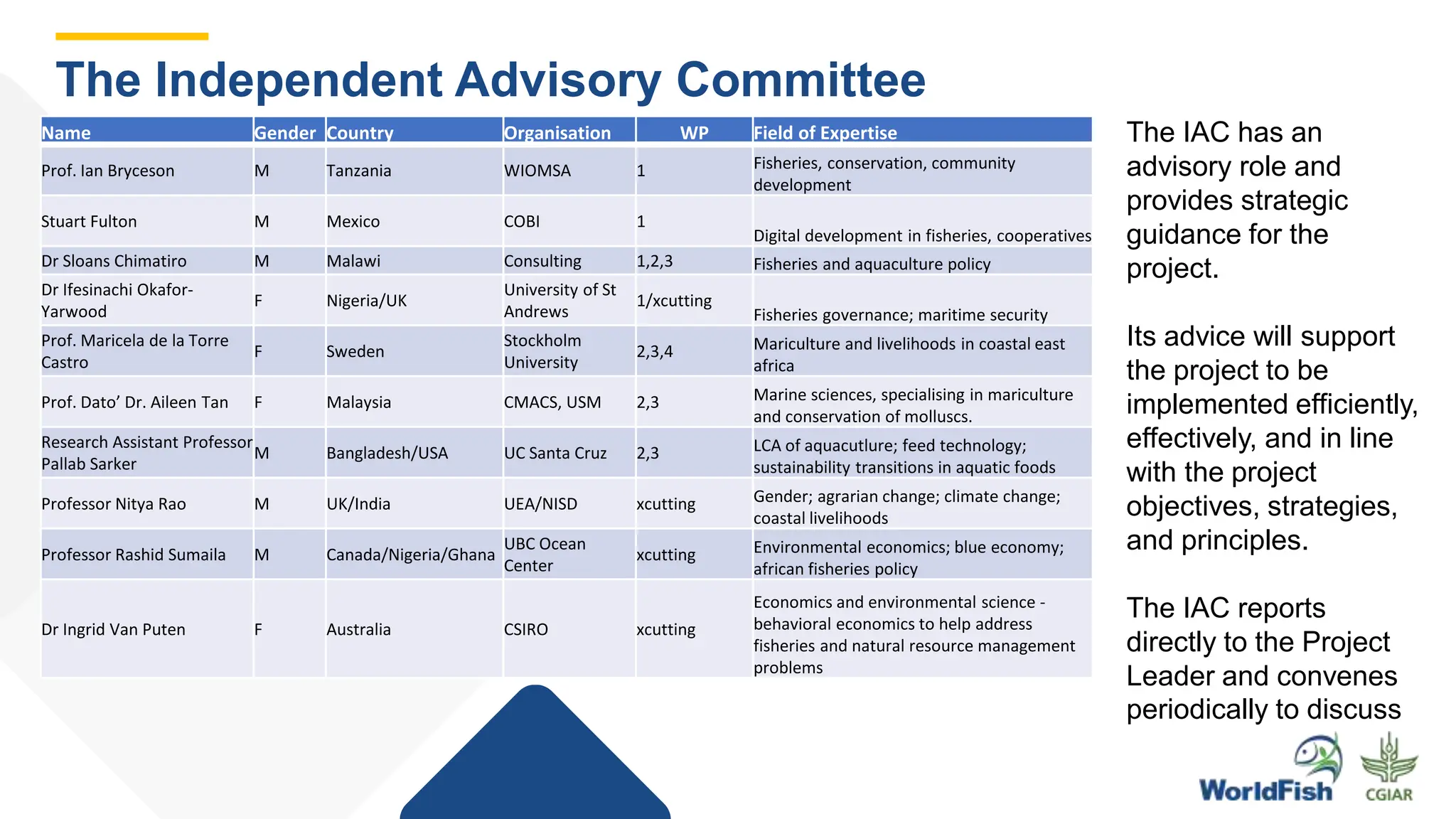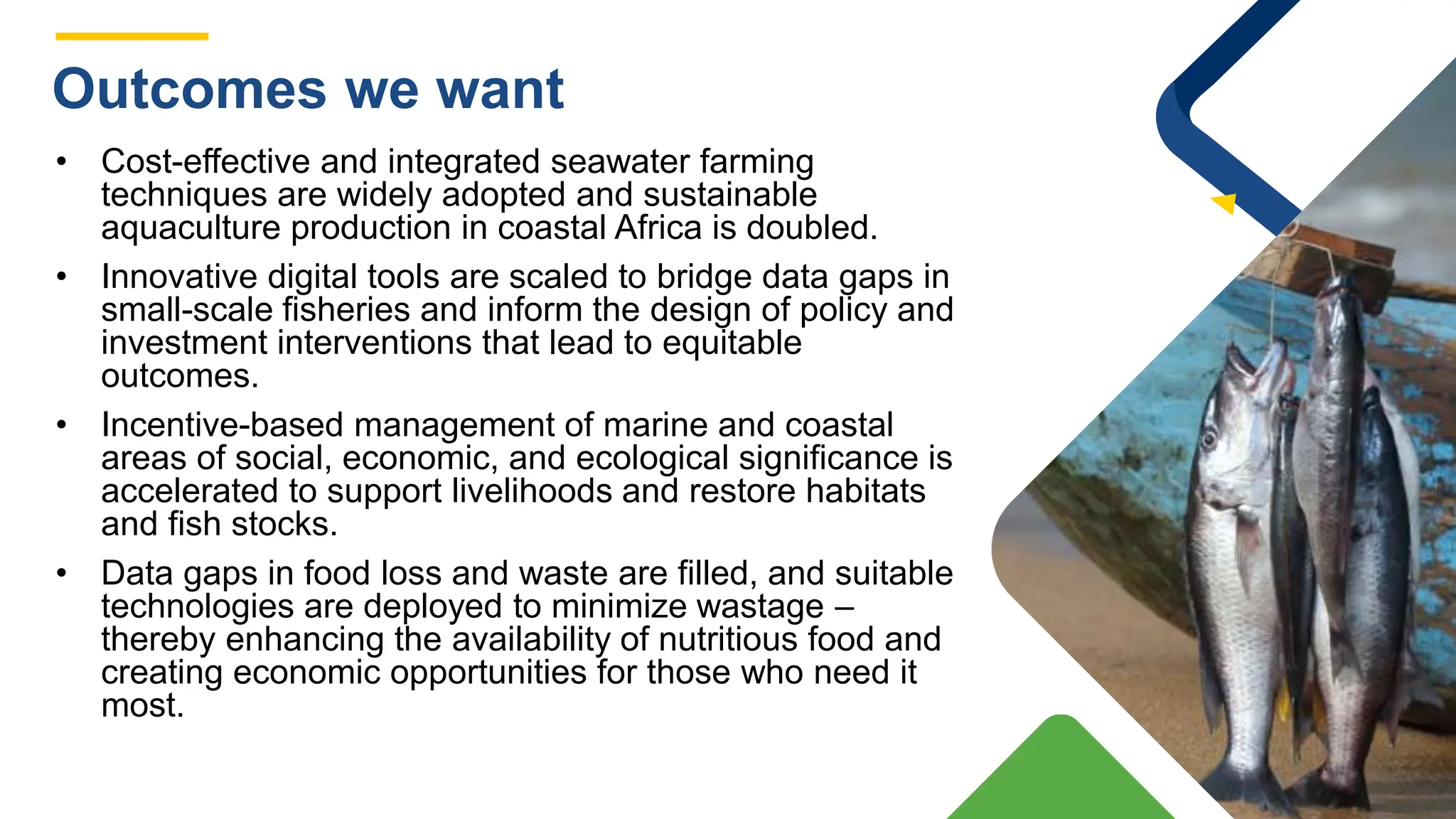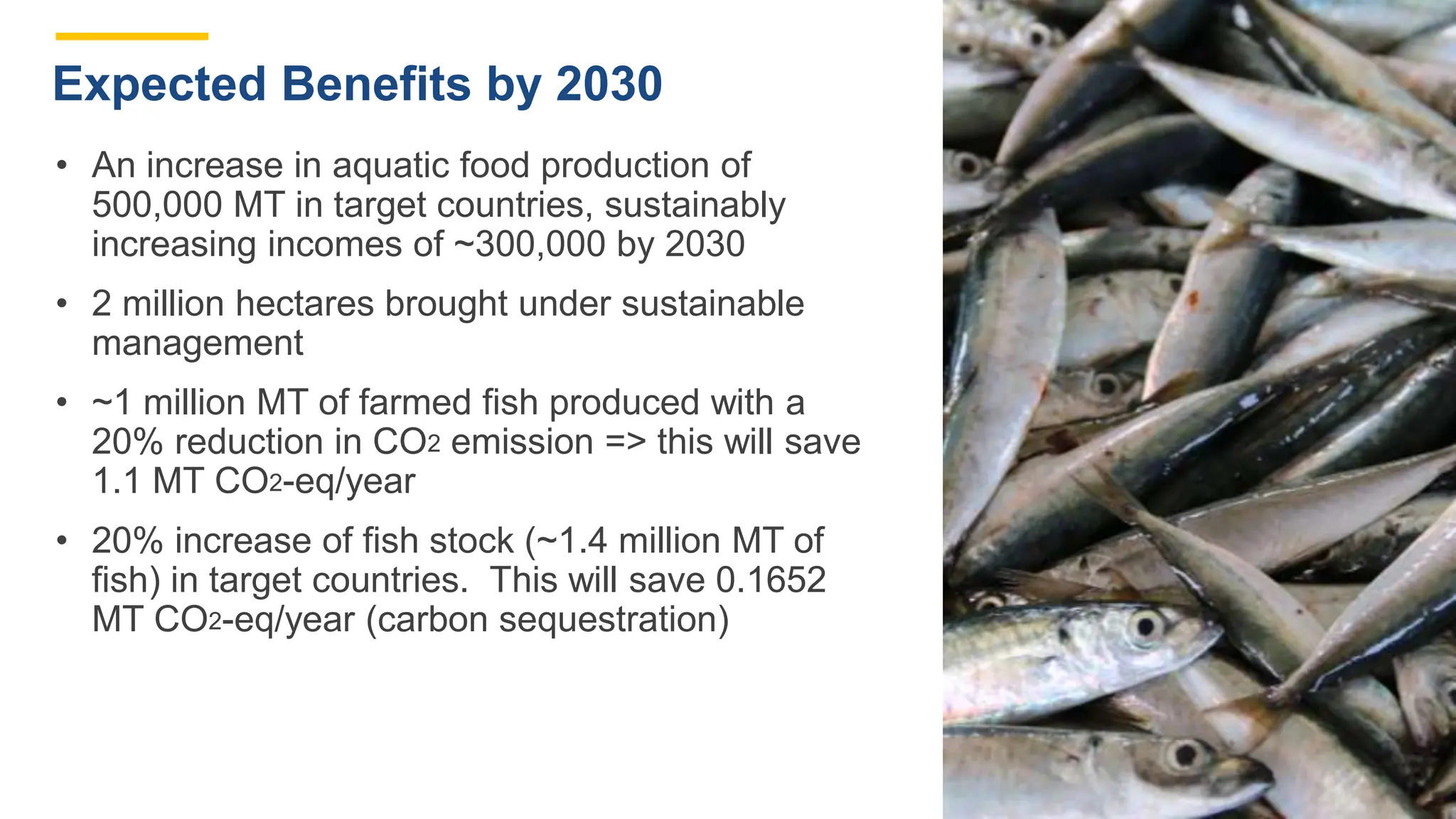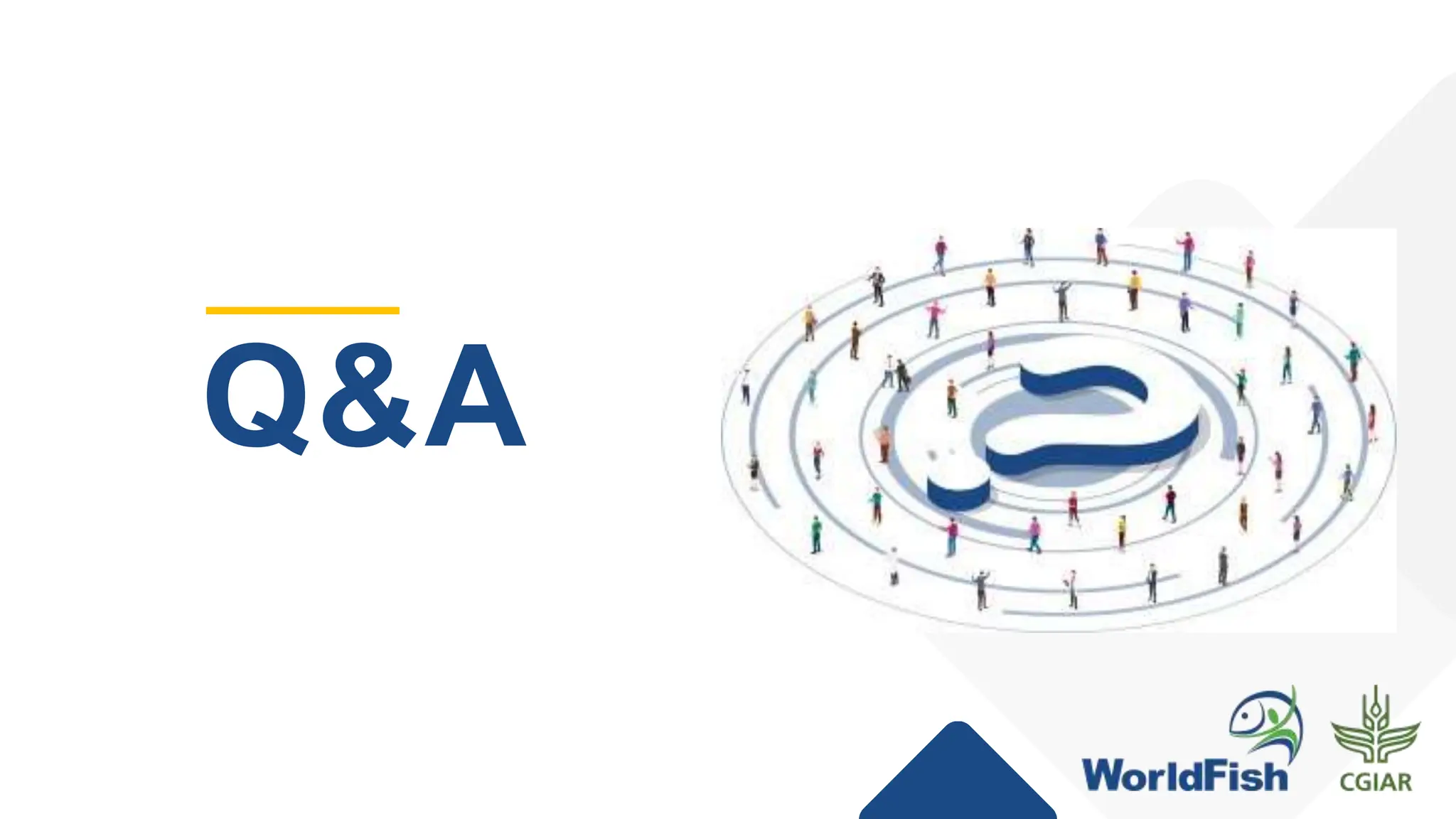The Asia-Africa Bluetech Superhighway (AABS) project aims to enhance aquatic food systems across Africa and Asia, addressing the challenges of climate change while improving food and nutritional security for over 300,000 primary beneficiaries. The seven-year initiative will focus on sustainable practices in small-scale fisheries and aquaculture, emphasizing gender equality and community involvement, with a projected increase in aquatic food production and restoration of coastal ecosystems. Funded by the UK government's Blue Planet Fund, the project also aligns with global development goals related to poverty alleviation, gender empowerment, and climate adaptation.
